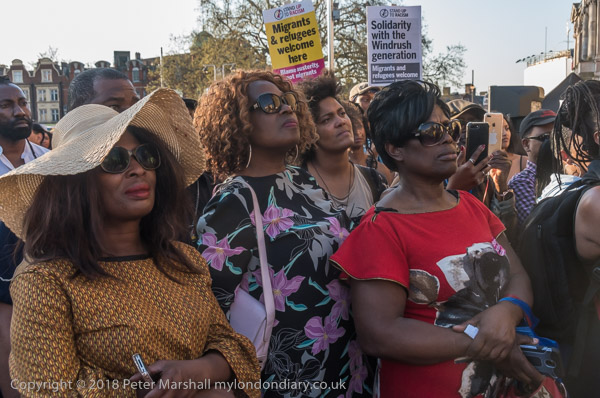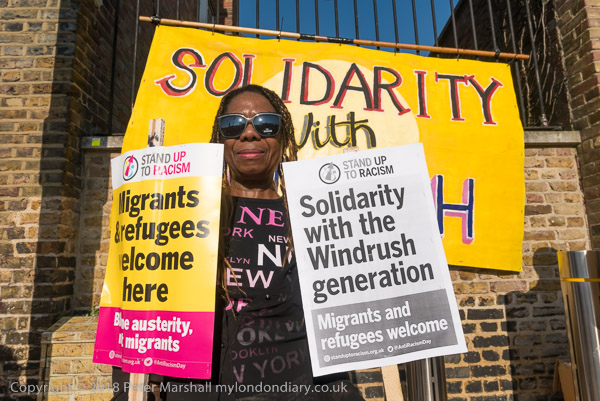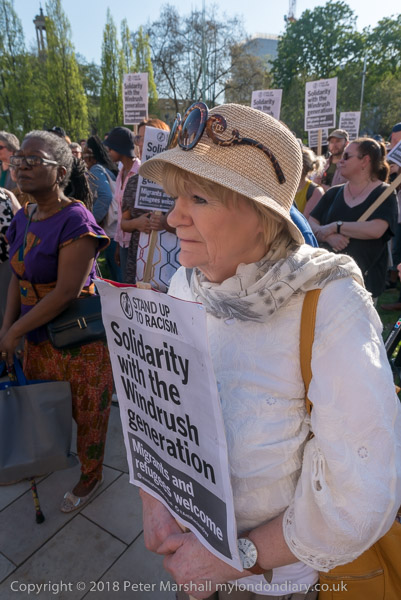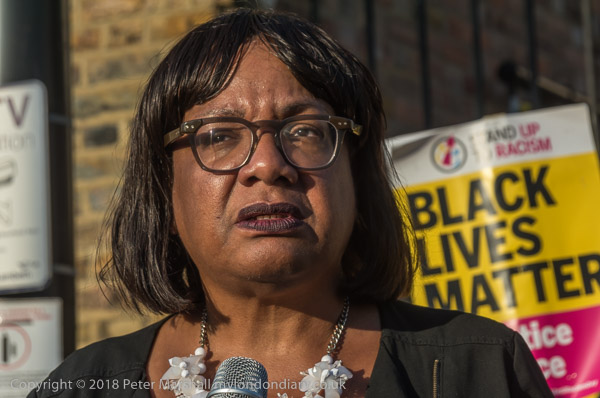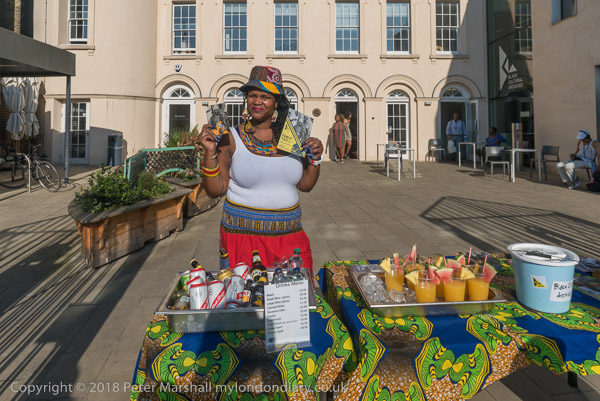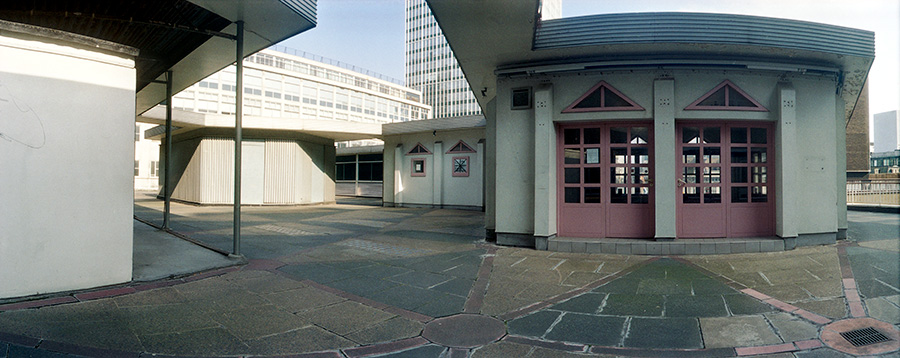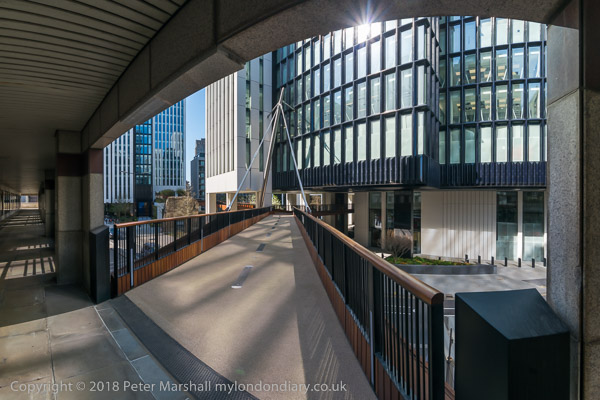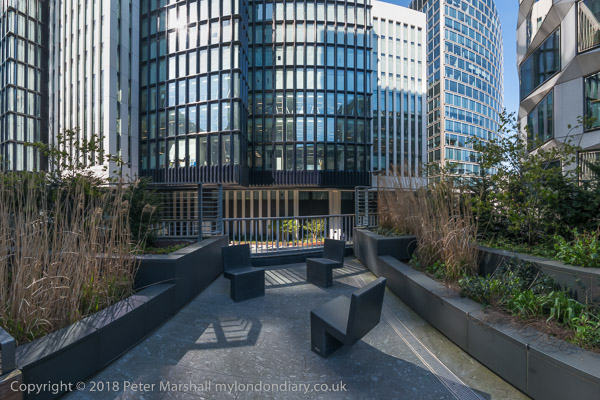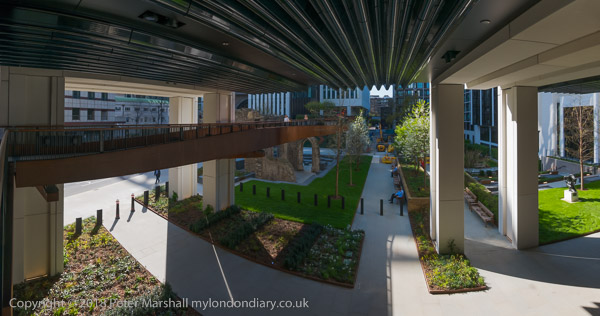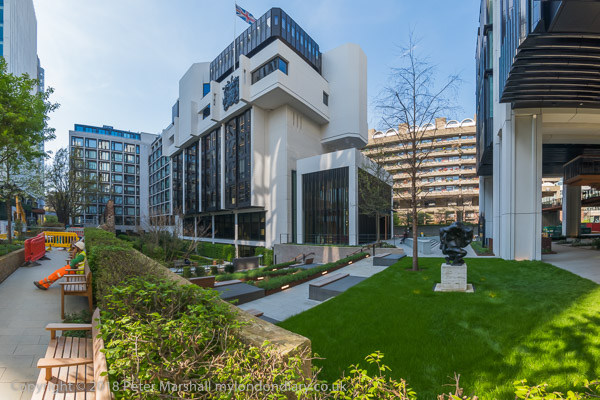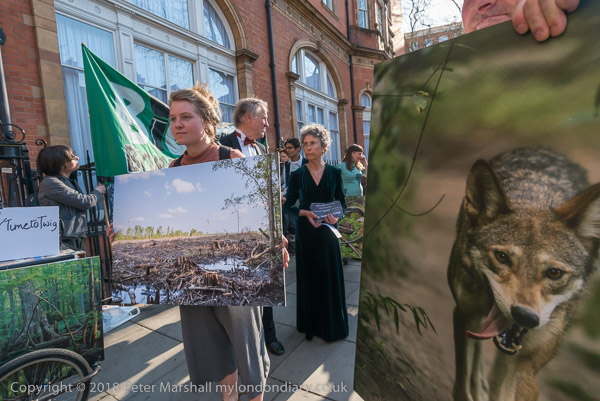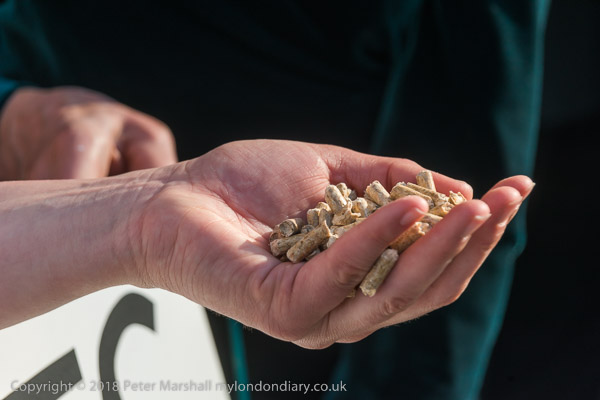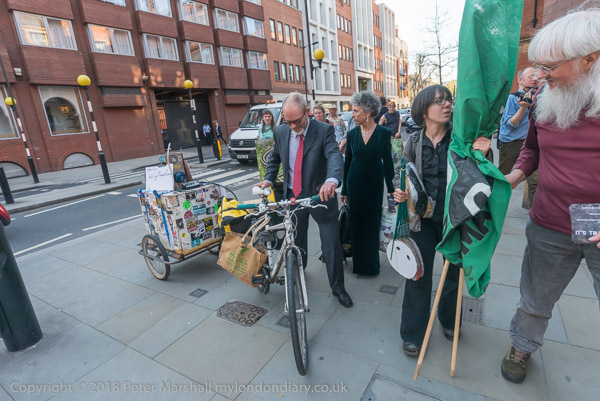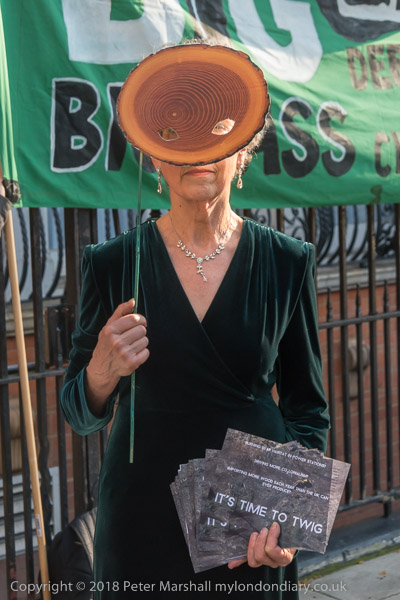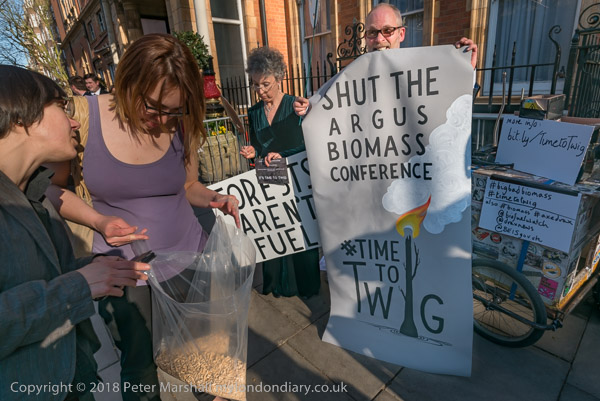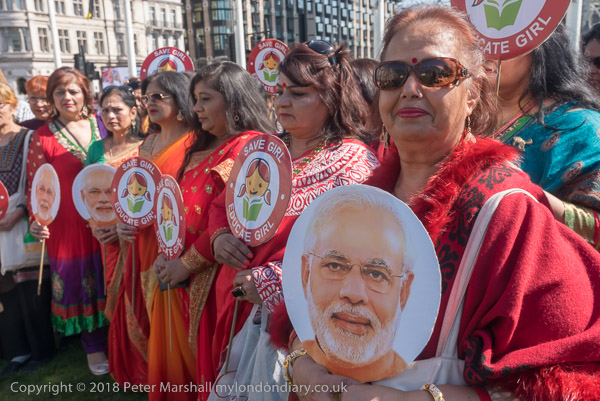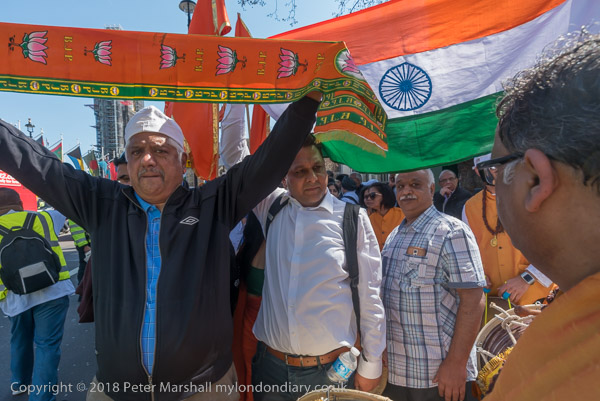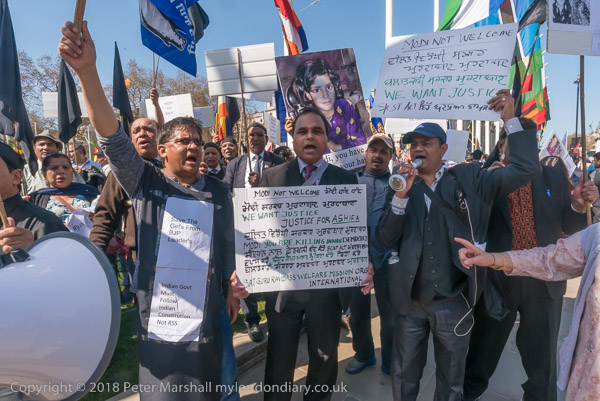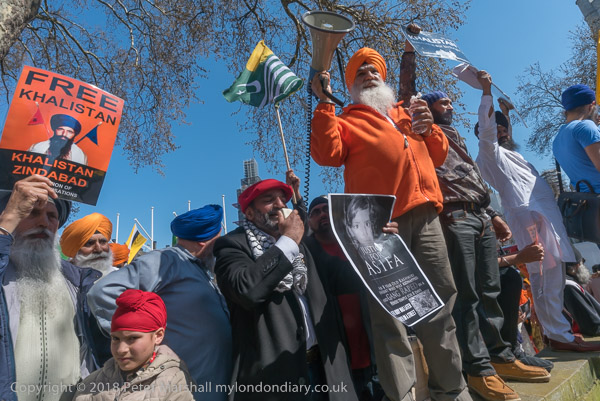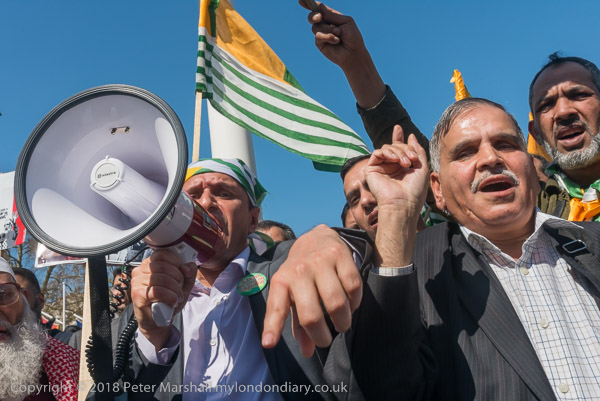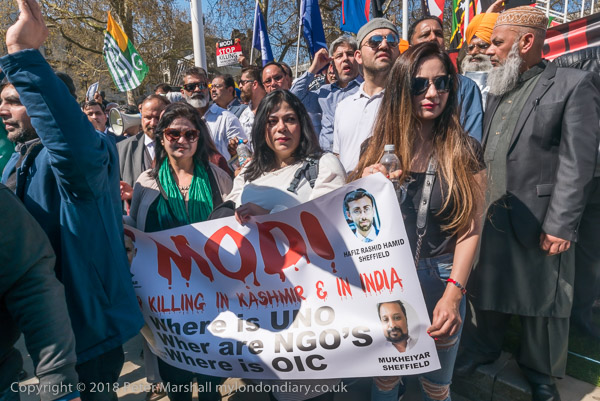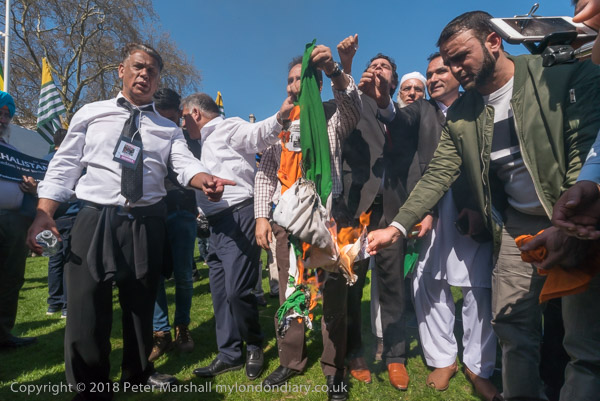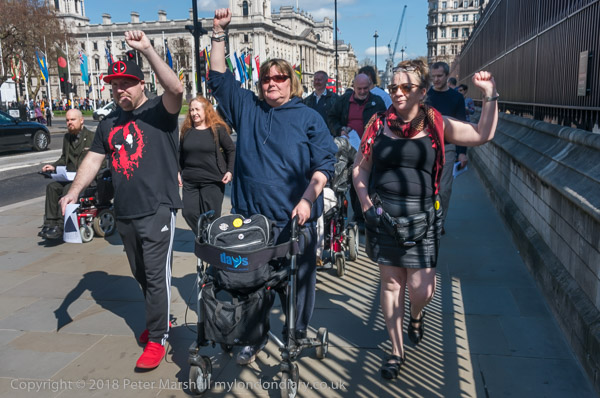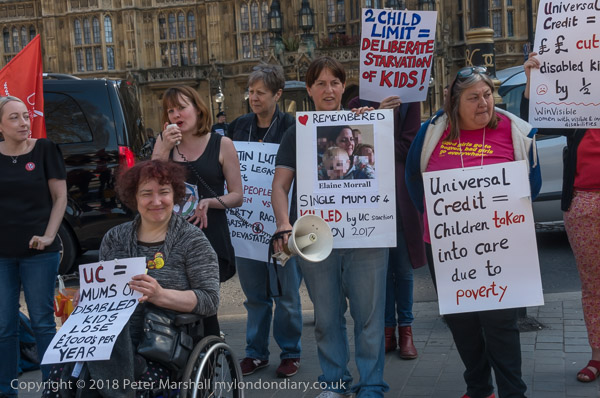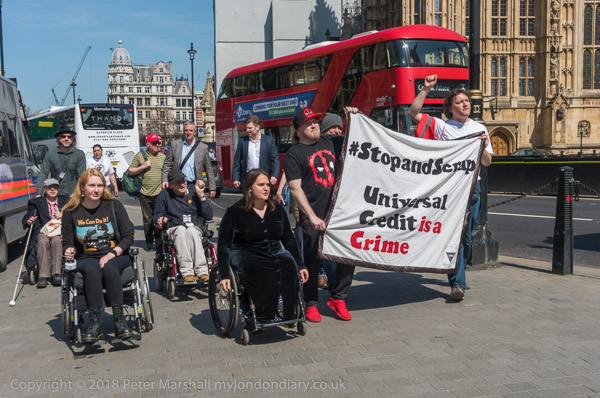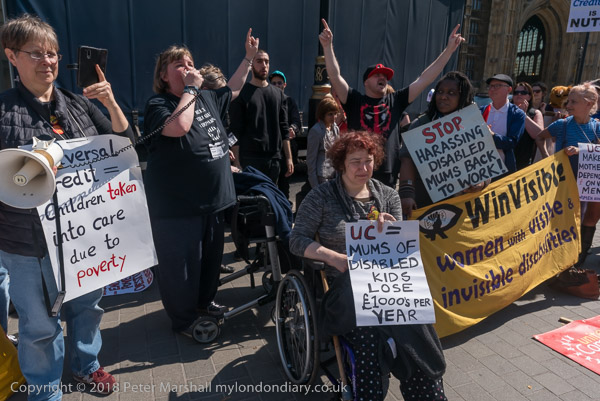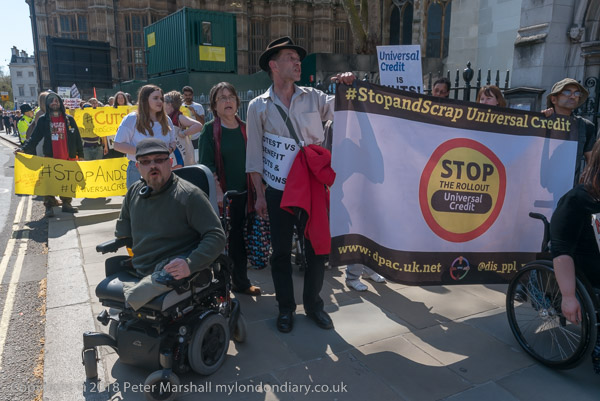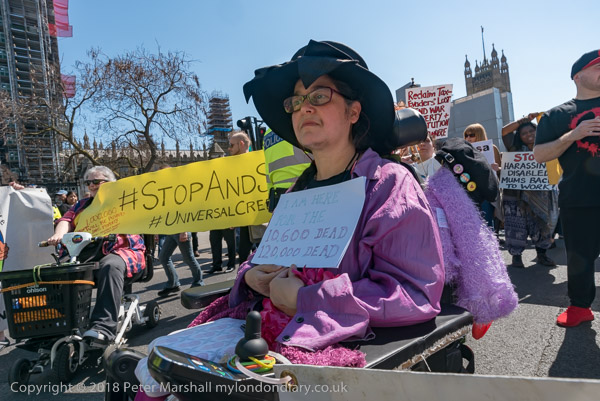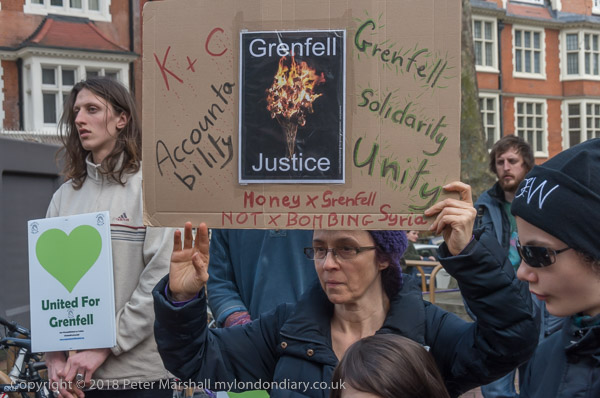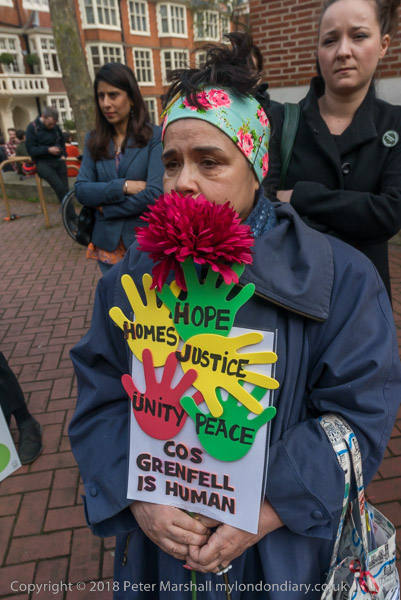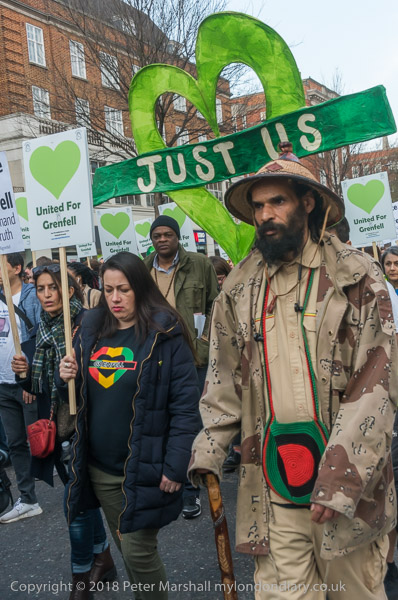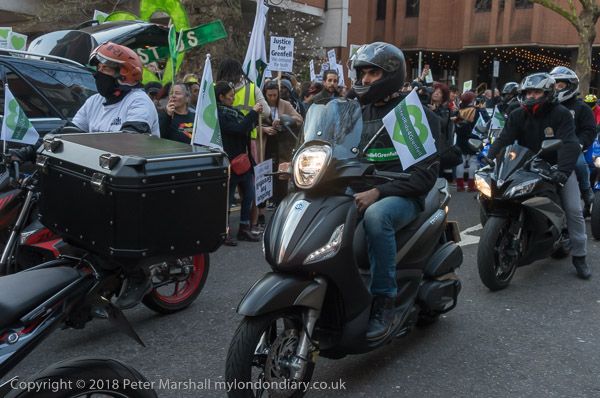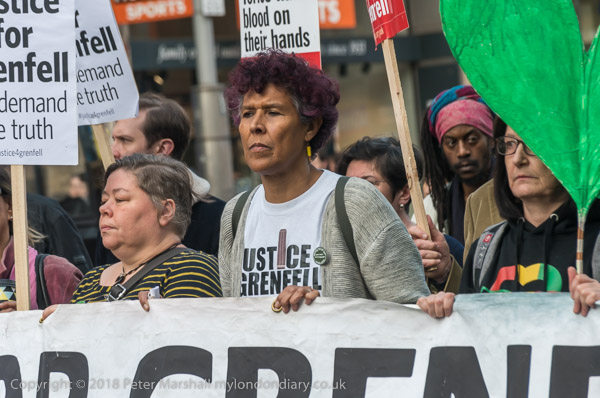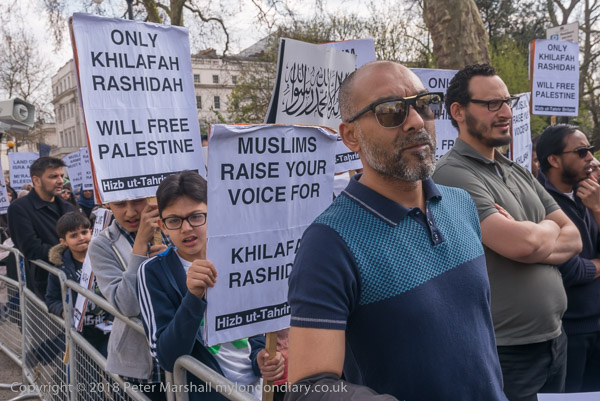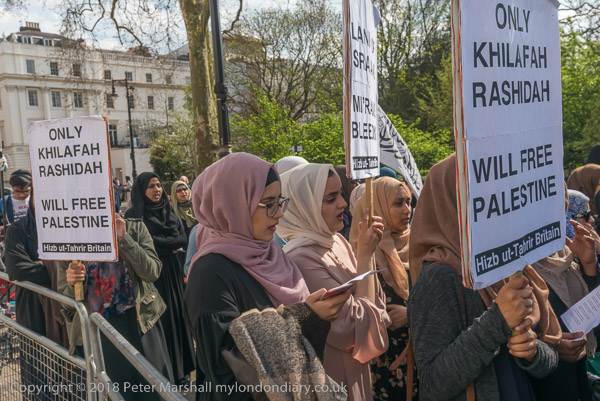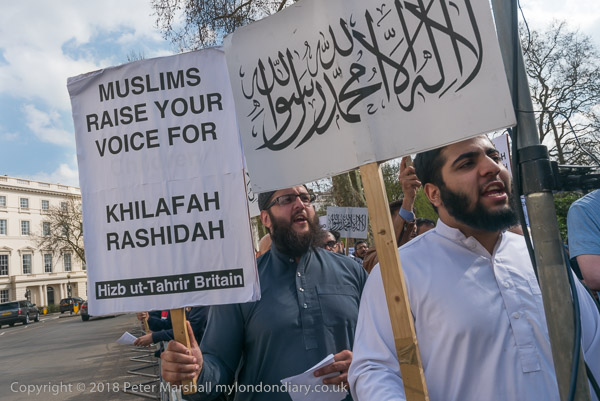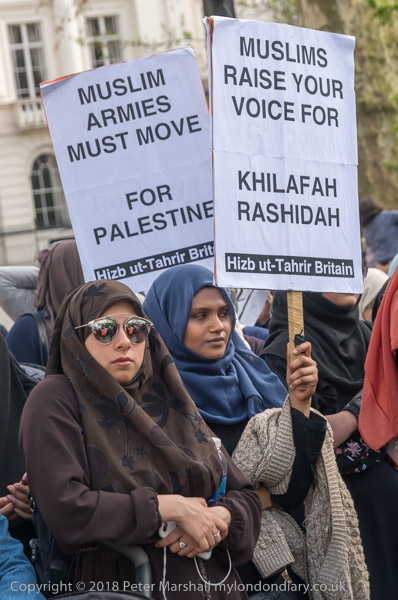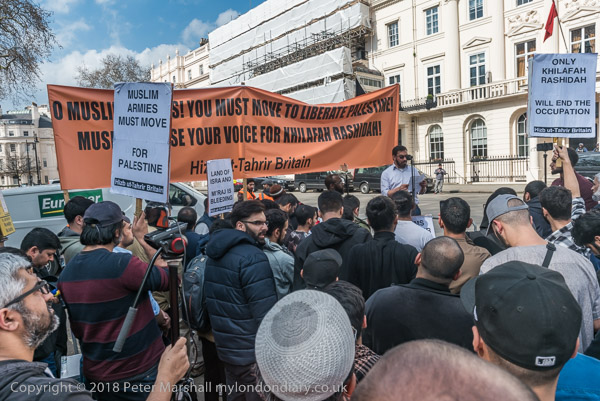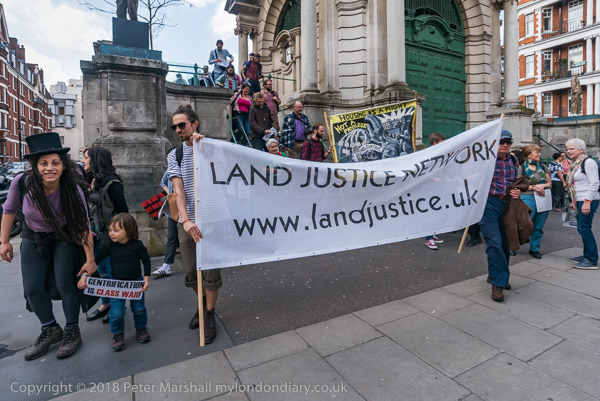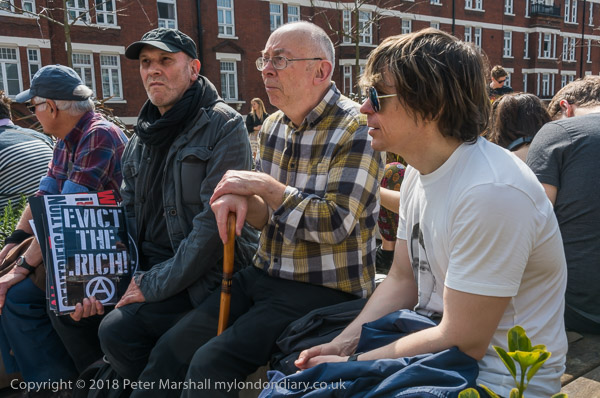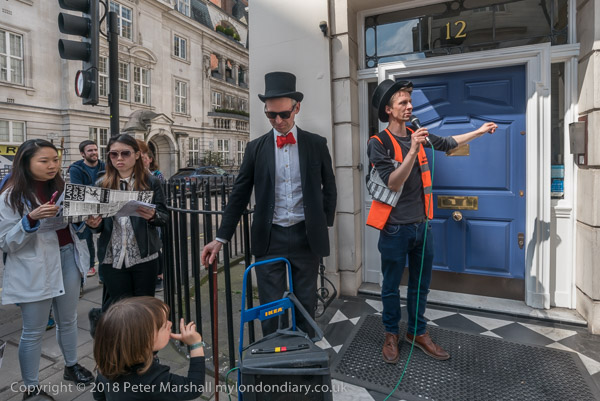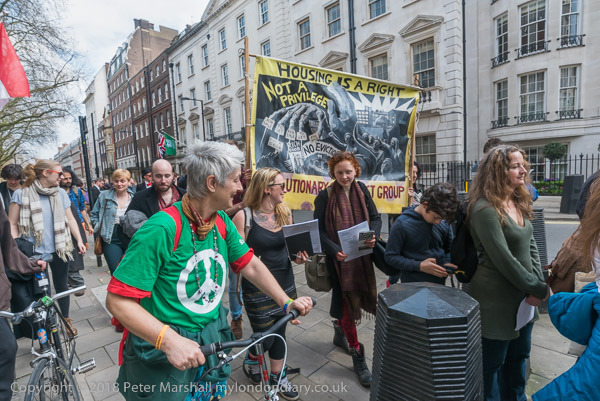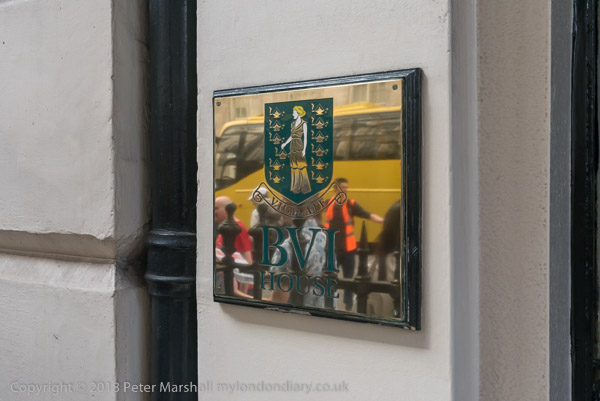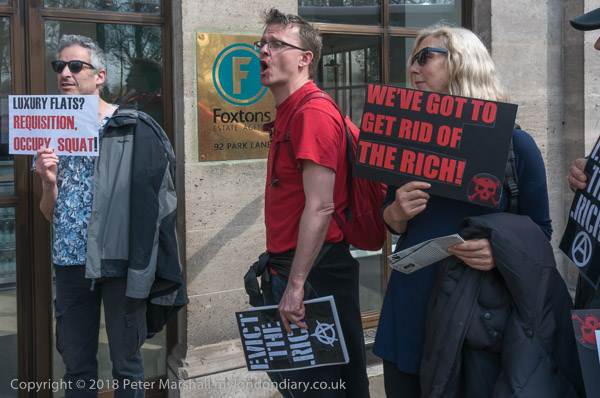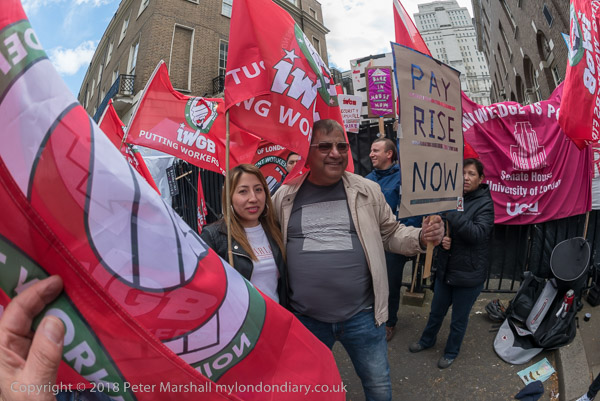
Outsourcing – getting an outside companies to bid to employ people who work at your location – is never a good idea. It adds extra management and takes out profit; if there are cost savings its because you are getting the job done less well – and the people you rely on to do it are getting treated badly.
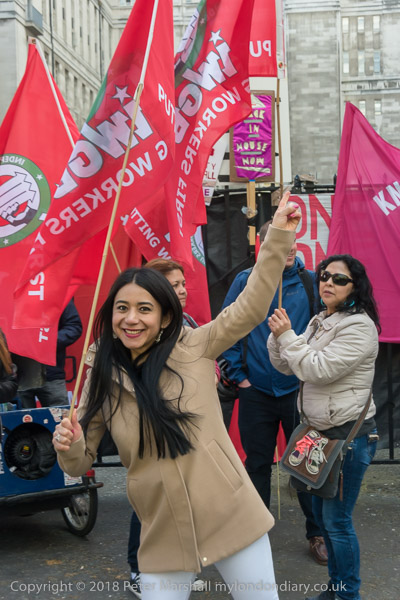
Like many of London’s cleaners and others in low paid work, the security, porters, cleaners, catering staff who do the essential jobs to keep the University of London running, at its central administration and halls of residence etc, include many migrant workers.
Often they are working in low paid jobs despite having higher level qualifications and experience which is not recognised here. Migrants have proved their resilience by coming here, and expect to be treated with dignity and respect, but outsourcing is rife with incompetent and bullying managers.
The larger unions – apart from some branches – have often failed these workers. At times they are more concerned with maintaining differentials than in getting a good deal for the lowest paid. Often too, union organisers lack the language skills to communicate with Spanish speaking workers, and haven’t really made much effort to do so.
This has led to the rise of grass-roots unions, small organisations run by the workers directly such as the United Voices of the World and the IWGB, representing international workers, particularly in the cleaning sector. These unions have employed simple tactics of direct action, loud protests outside workplaces to shame employers, and have been remarkably successful in campaigns to get the London Living Wage and better conditions of service.
The IWGB at the University of London has campaigned for years getting improvements for the outsourced workers there, working with other union branches and with other small unions. At today’s protest they were supported by people from the UVW, and from SOAS Unison branch as well as students and lecturers.
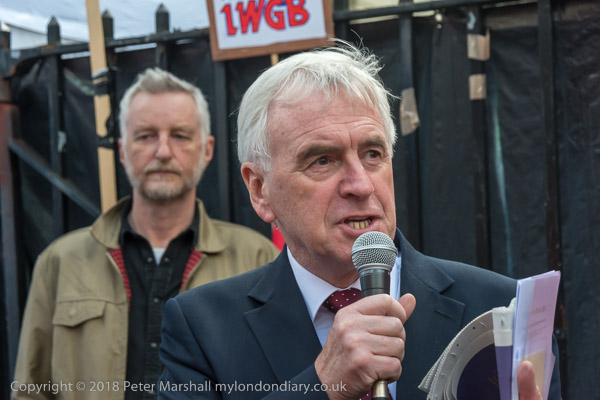
Shadow Chancellor John McDonnell MP has long supported workers such as these and came along to speak, supporting their campaign and promising that a Labour government would make important changes to unfair trade union laws. Waiting to perform after he spoke was Billy Bragg, who sand a new song and then led the singing of several well-known worker’s songs.
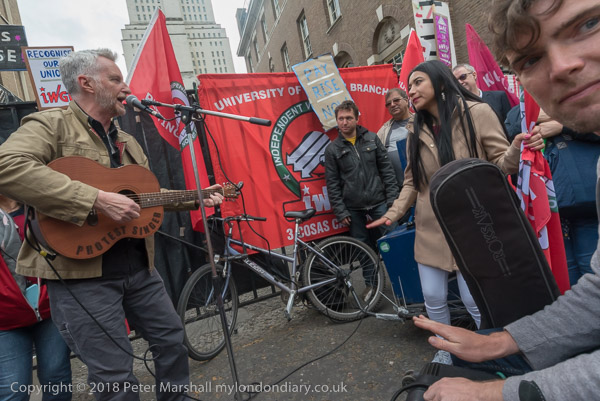
There were other speeches and performances, including from Poetry on the Picket Line and then the protest ended with a march around Russell Square, blocking traffic for some time on Southampton Row.
The marchers were led by the bright yellow Precarious Workers Mobile, a three-wheeler Robin Reliant with a powerful amplification system which has come out in support of other workers’ struggles, including the Brixton Ritzy strikers.
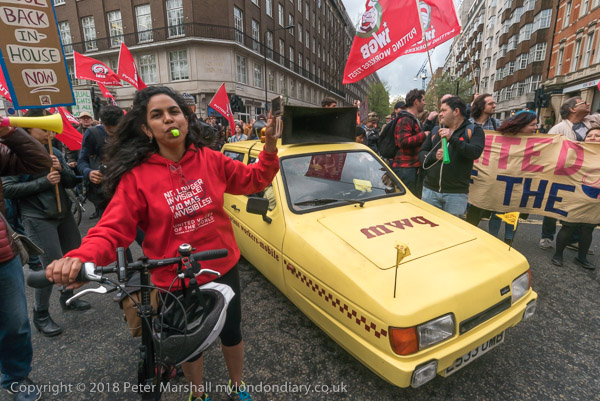
Unfortunately the PWM turned out just a little too precarious, and had to leave the road at the end of the march, leaking petrol. I hope it was soon fixed.
More on My London Diary: End outsourcing at University of London
______________________________________________________
There are no adverts on this site and it receives no sponsorship, and I like to keep it that way. But it does take a considerable amount of my time and thought, and if you enjoy reading it, a small donation – perhaps the cost of a beer – would be appreciated.
My London Diary : London Photos : Hull : River Lea/Lee Valley : London’s Industrial Heritage
All photographs on this and my other sites, unless otherwise stated, are taken by and copyright of Peter Marshall, and are available for reproduction or can be bought as prints.
To order prints or reproduce images
________________________________________________________
